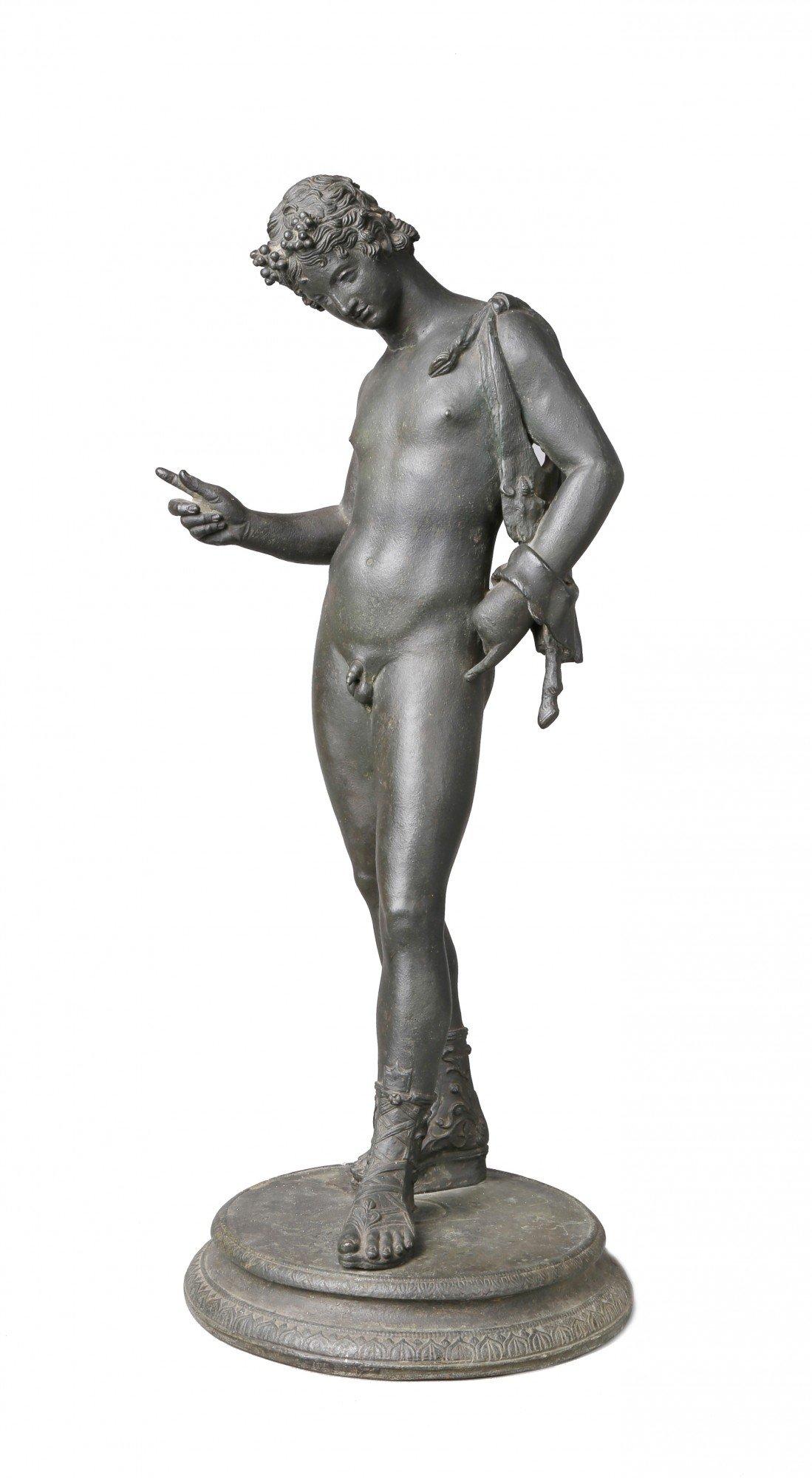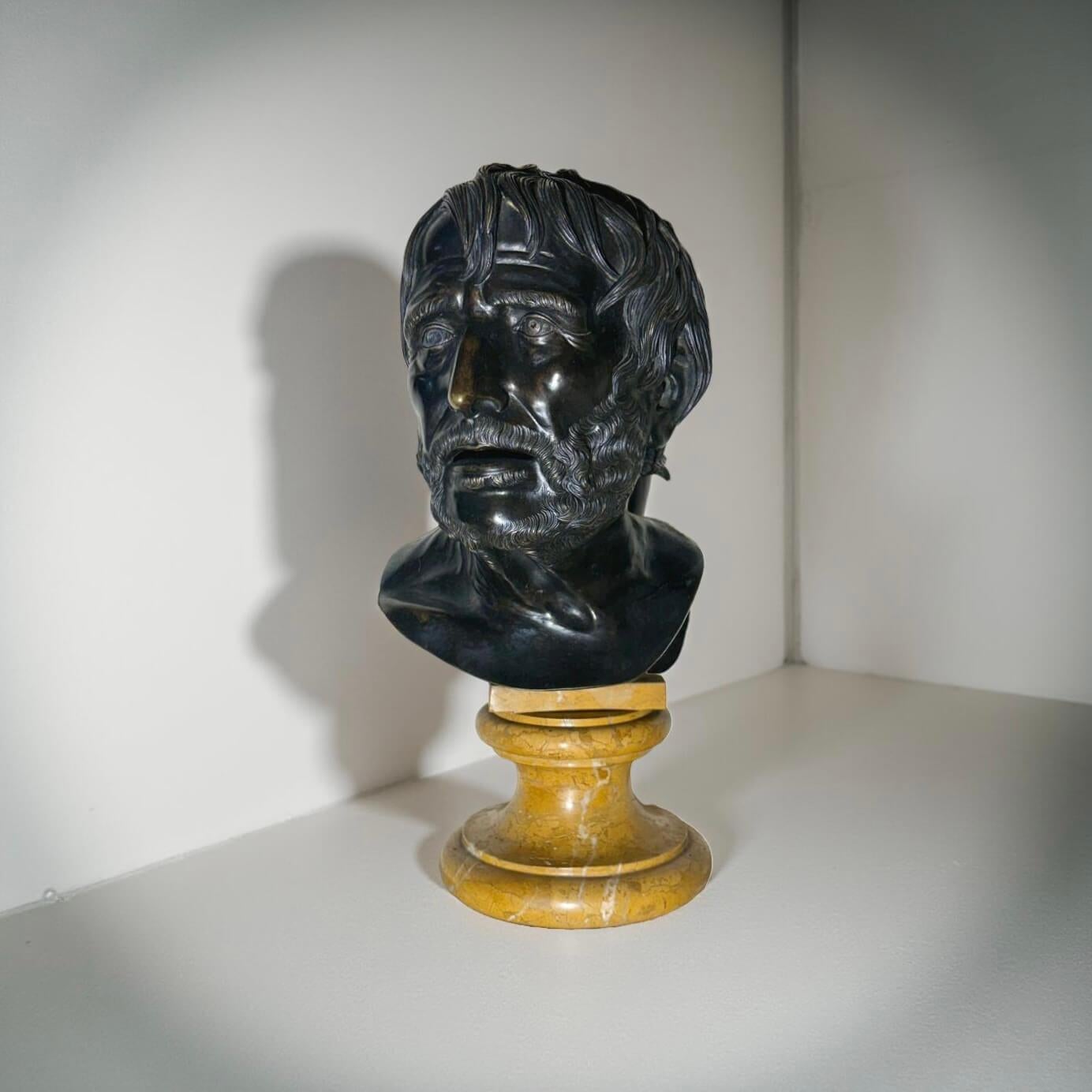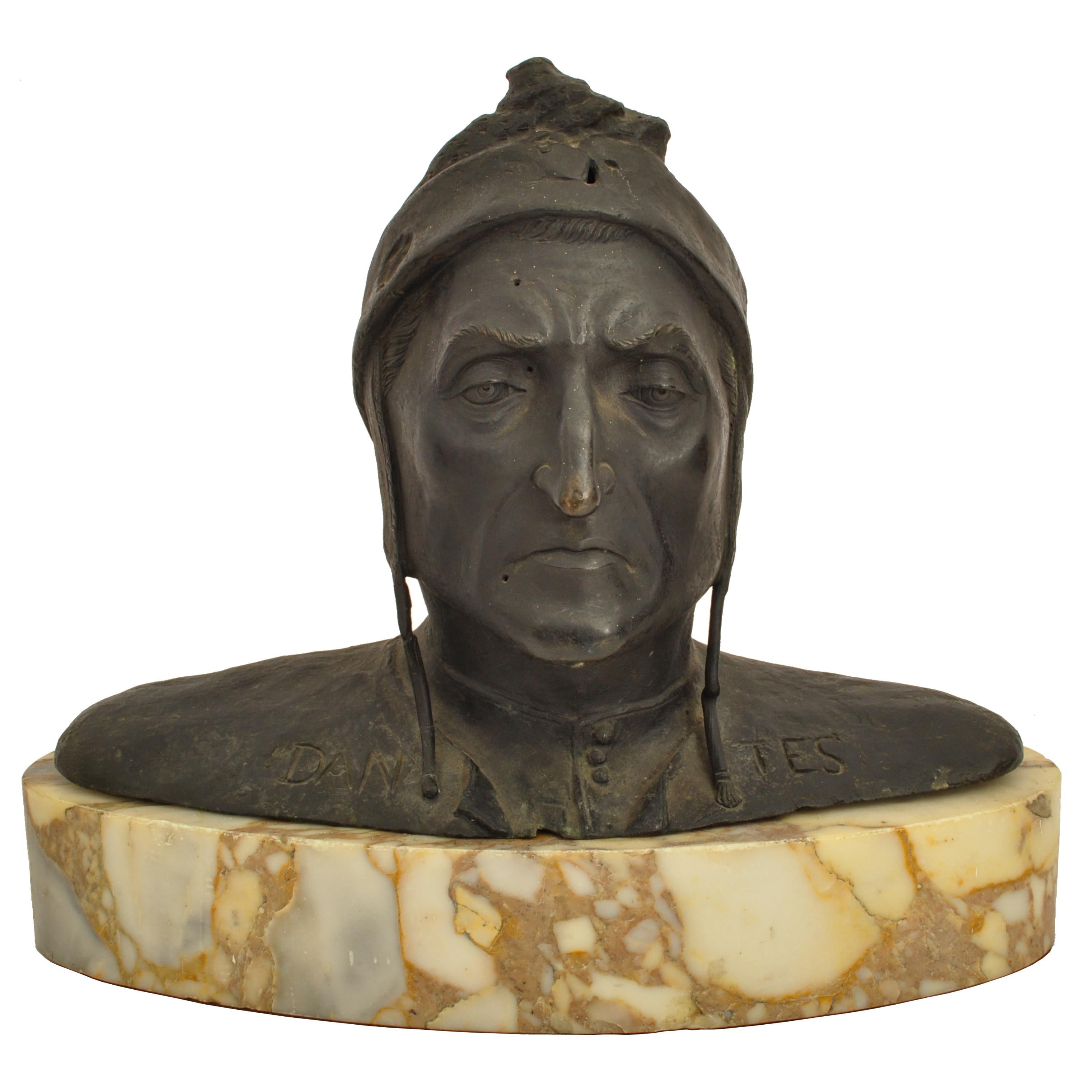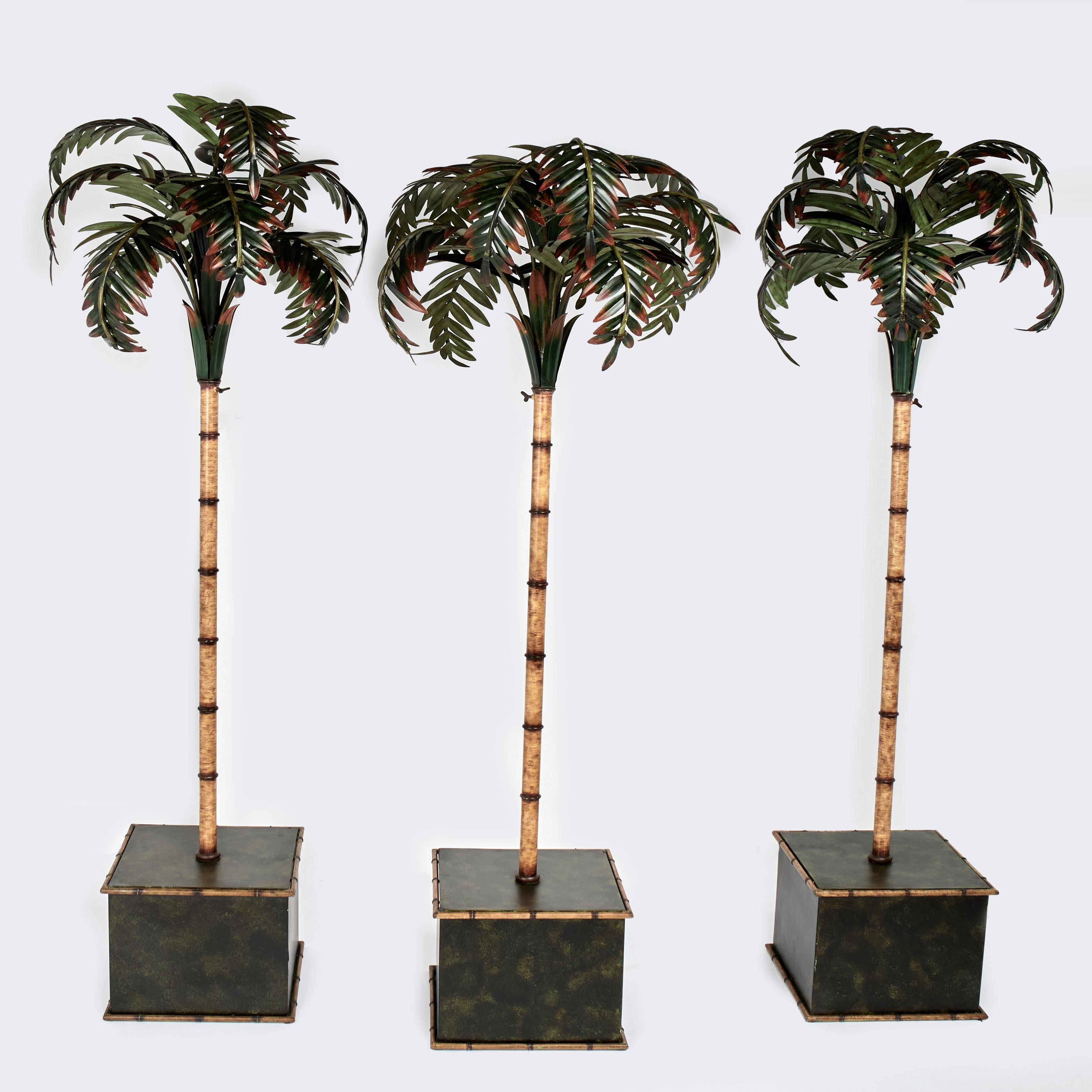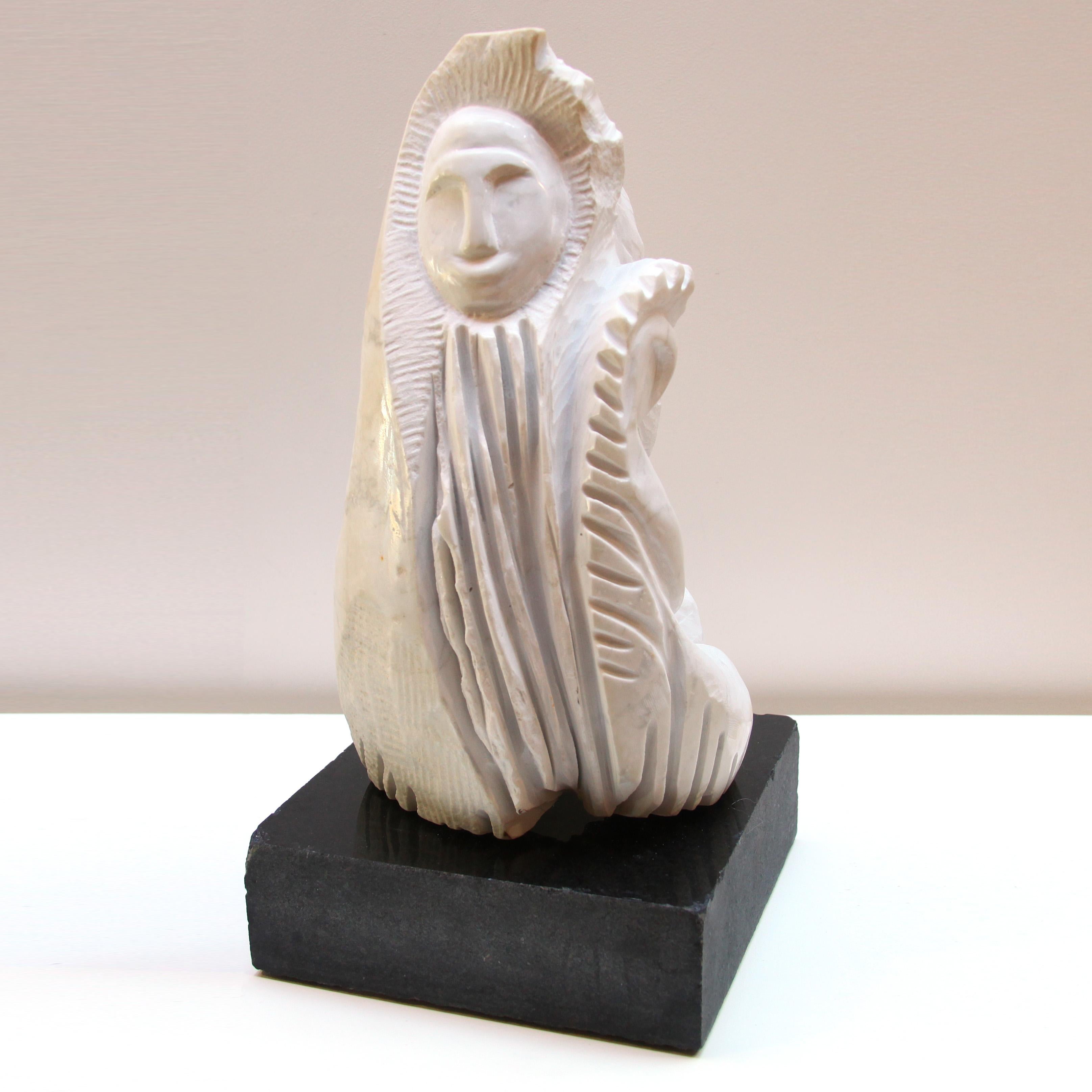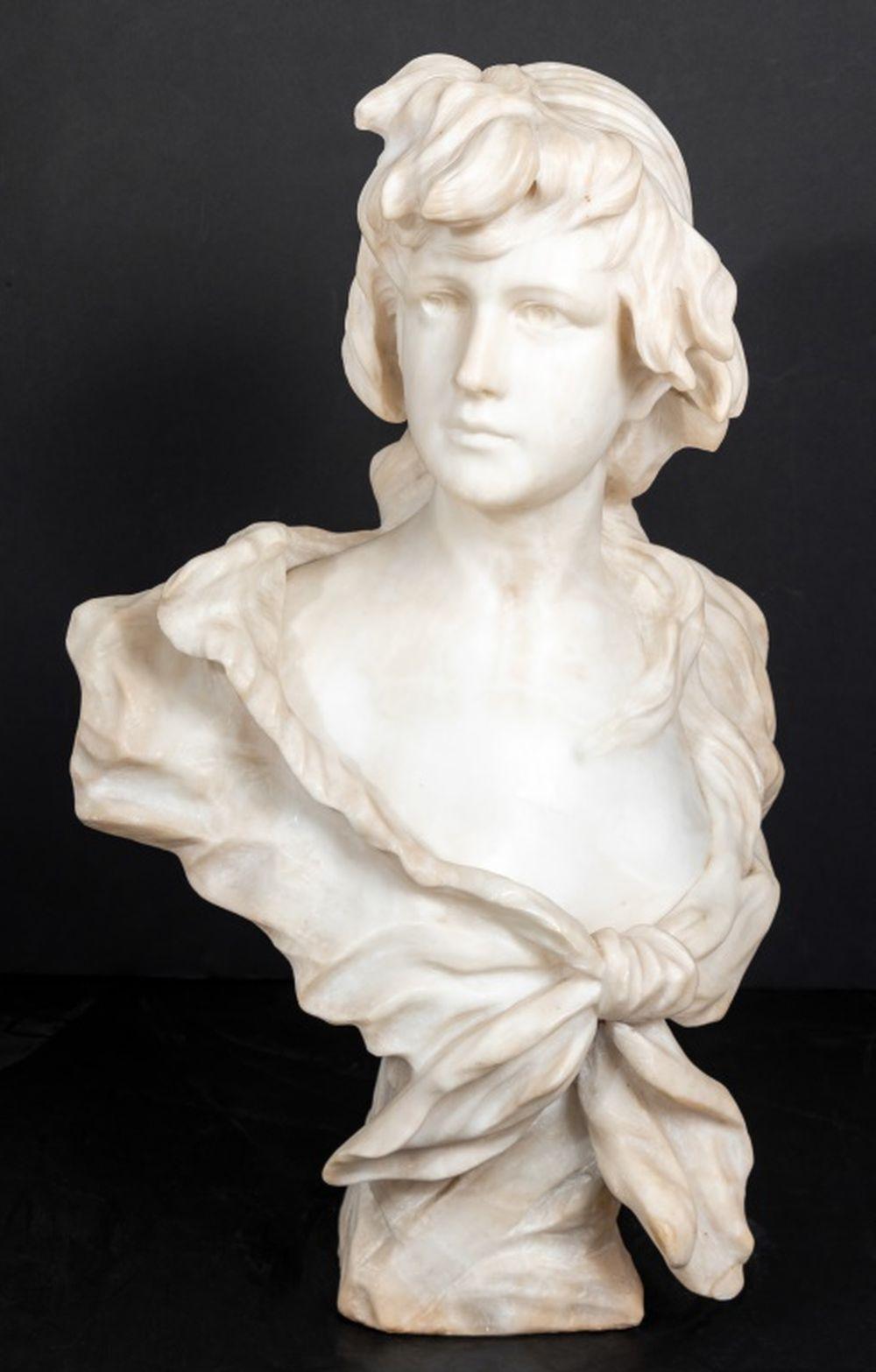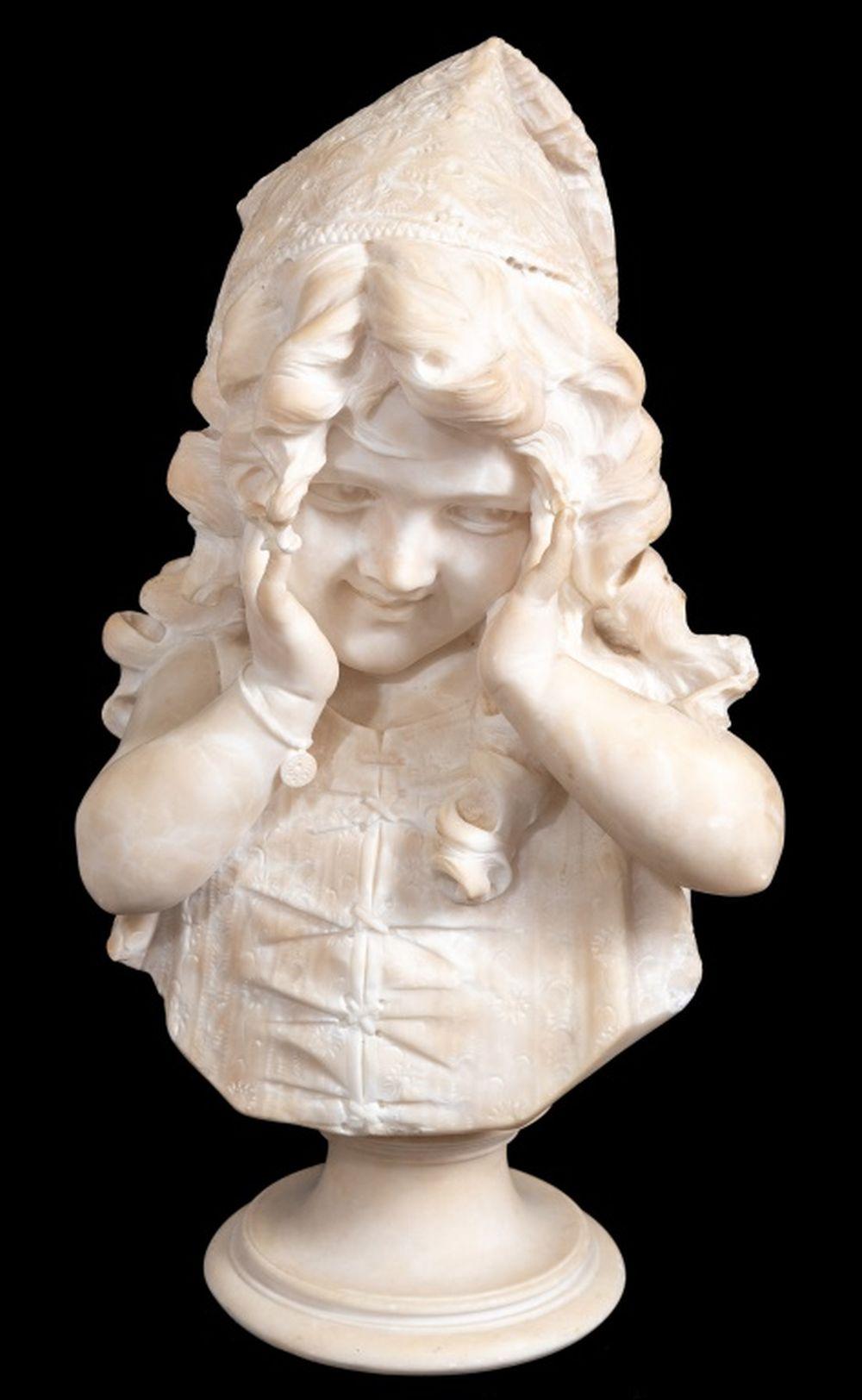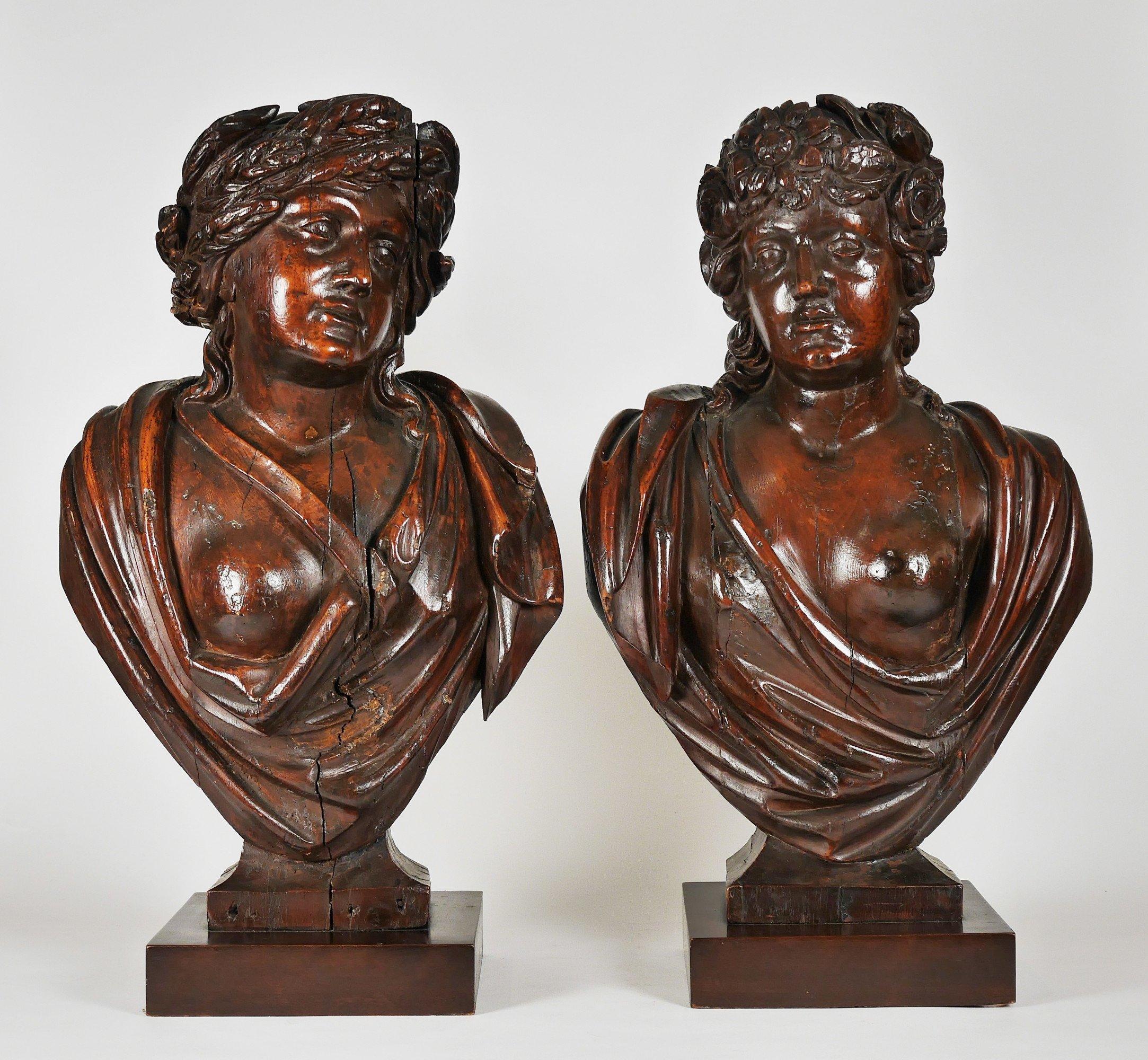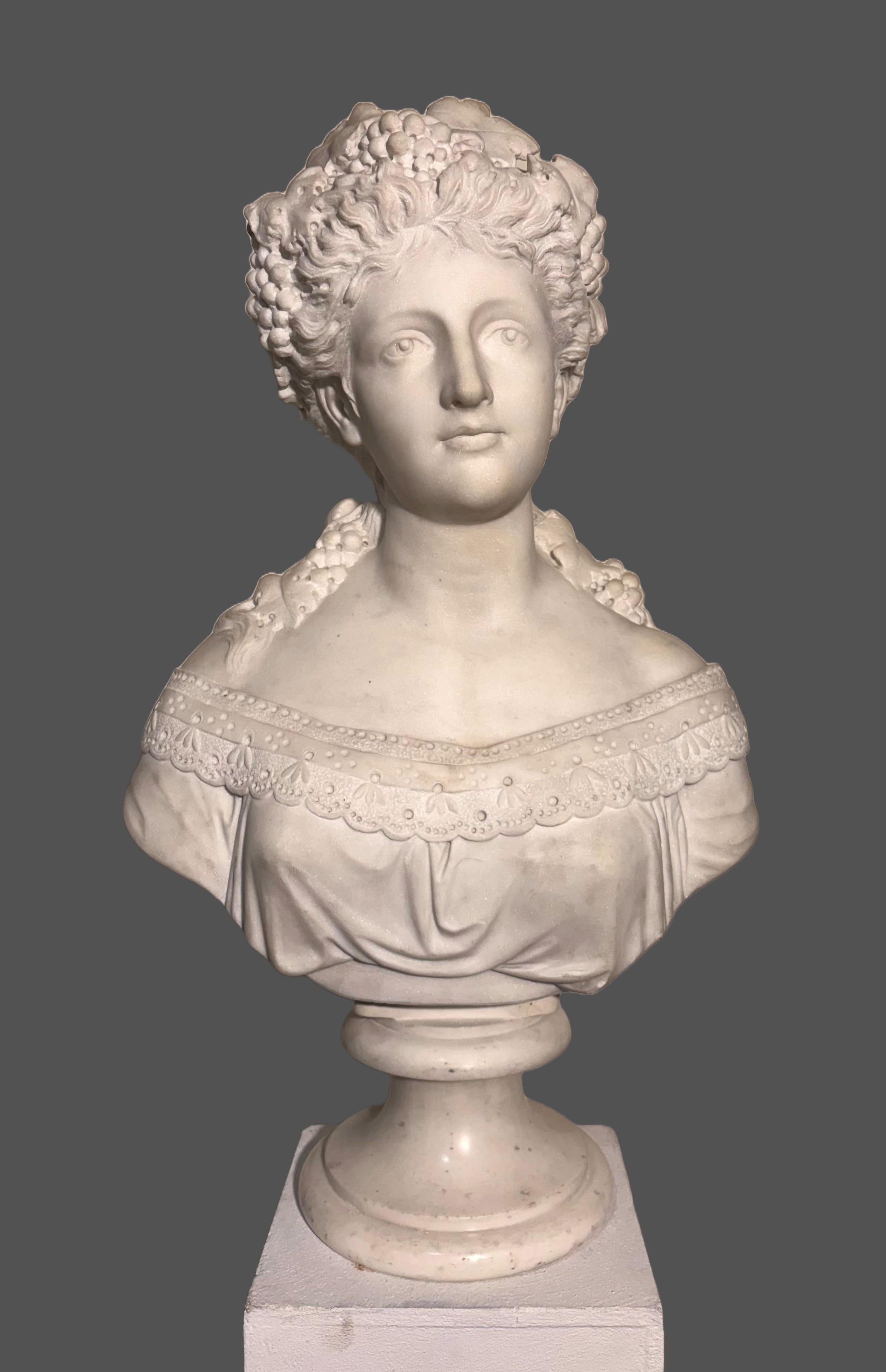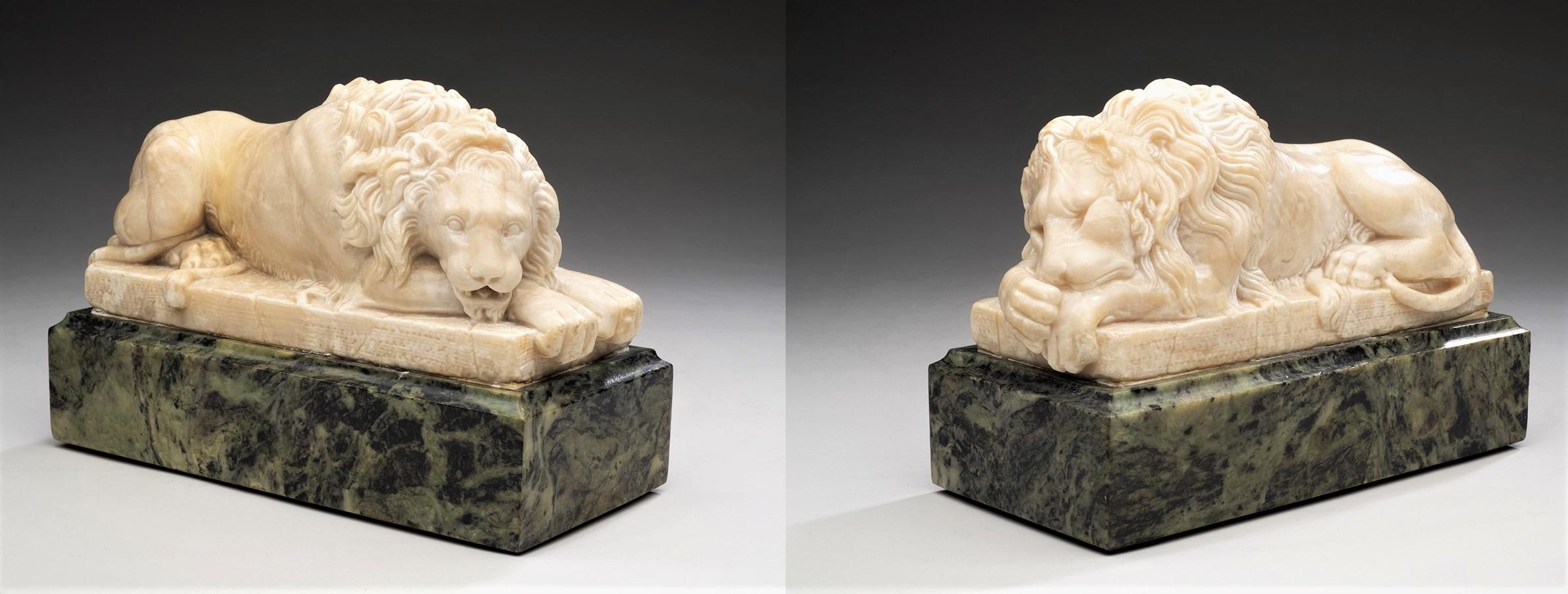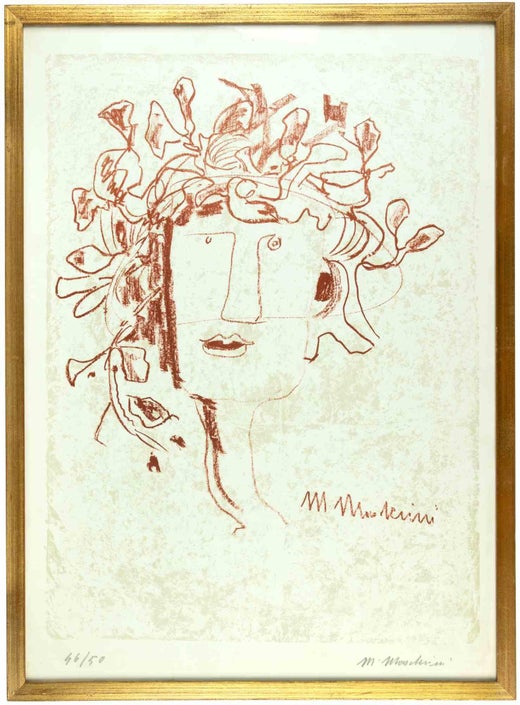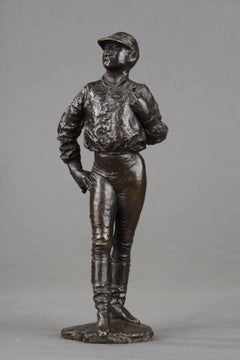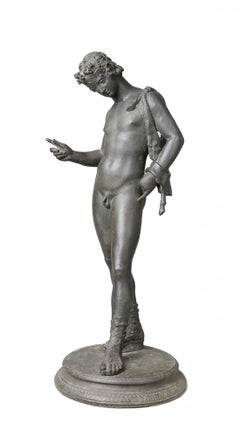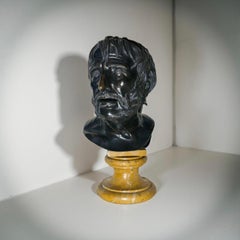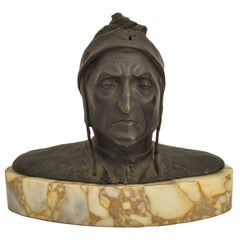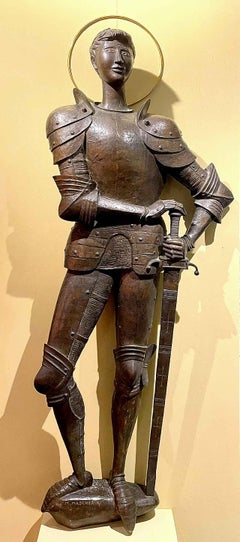
San Giorgio by Mascherini
View Similar Items
1 of 7
Marcello MascheriniSan Giorgio by Mascherini1956
1956
$143,309.75List Price
About the Item
- Creator:Marcello Mascherini
- Creation Year:1956
- Dimensions:Height: 78.75 in (200 cm)Width: 27.56 in (70 cm)
- Medium:
- Movement & Style:
- Period:
- Condition:
- Gallery Location:Roma, IT
- Reference Number:1stDibs: LU1926210131412
Marcello Mascherini, was born in Udine in 1906. After the Art School in Isernia e continued to cultivate his sculptural practice, completing an apprenticeship in the studio of Franco Asco (1899-1970). In 1924, he made his debut at the city's Circolo Artistico of Trieste. Among the first known works of the very young Marcello Mascherini are the expressive and evocative plaster masks he made in 1928 for the Politeama Theatre in Trieste, commissioned by the architect Umberto Nordio. From the 1930s onwards and after meeting Arturo Martini (1889-1947), he began to work on a larger scale, developing the idea of figures with rough skin and faces reminiscent of Etruscan statuary, expressing archaic virtues such as work, motherhood and communion with nature. In 1931, when he was only 25 years old, he was noticed by the Trieste architect Gustavo Pulitzer Finali, who designed the interior of the motorship Victoria, and who asked him to decorate the first class banquet hall. This moment marked the beginning of his prestigious collaborations with artists and architects such as Libero Andreotti and Gio Ponti and, in fact, opened the way for him to decorate ships and transatlantic liners, which would last until the 1960s. From 1934 onwards, and for another eleven editions, he was also presented at the Venice Biennale. Mascherini was awarded prizes and recognitions at the Rome Quadrennial and the Venice Biennial, with suggestive works such as the group of animated and primitivist Small Bronzes exhibited at the 1934 Biennale, or such as Eve and Susanna presented at the 1939 Quadrennial. The sculptor's success was not only in Italy, but also at the foreign exhibitions organised by the Biennale, for example, in 1936, he received the Diploma of Honour at the Exhibition of Contemporary Italian Art in Budapest. As the years went by, the threadlike, elongated figures were increasingly replaced by full, rounded volumes that fit into space with greater awareness and dynamism, always of an archaic nature, as can be seen in the female sculptures Venus Marina, presented at the Quadriennale in Rome in 1943. The 1950s, 1960s and 1970s were mainly marked by the artistic contributions the sculptor made to the world of theatre and set design. In 1953 he made a fundamental trip to Paris, where he saw the studio of Constantin Brancusi (1876-1957), whose synthetic linearism he absorbed. The post-war period was marked by his abandonment of rounded forms and his move towards an expressive and angular primitivism, in sculptures such as the dramatic Project for the 1958 Aushwitz Monument for the Risiera di San Sabba. For the production in transatlantic liner, the artist relies on a style halfway between the re-elaboration of 15th-century sculpture and a personal language, sometimes filiform and sometimes fuller and more graceful, consisting of a playful and vital line, which flows into an extremely modern expressionism of international prestige. Active until the end, the sculptor died in Padua in 1983 at the age of seventy-seven.
Authenticity Guarantee
In the unlikely event there’s an issue with an item’s authenticity, contact us within 1 year for a full refund. DetailsMoney-Back Guarantee
If your item is not as described, is damaged in transit, or does not arrive, contact us within 7 days for a full refund. Details24-Hour Cancellation
You have a 24-hour grace period in which to reconsider your purchase, with no questions asked.Vetted Professional Sellers
Our world-class sellers must adhere to strict standards for service and quality, maintaining the integrity of our listings.Price-Match Guarantee
If you find that a seller listed the same item for a lower price elsewhere, we’ll match it.Trusted Global Delivery
Our best-in-class carrier network provides specialized shipping options worldwide, including custom delivery.You May Also Like
Elegant standing Jockey
Located in PARIS, FR
Elegant standing Jockey
by Francesco de Matteis (1852-1917)
Bronze with nuanced brown patina
Signed on the base " F. de Matteis "
Old edition cast
Italy
circa 1890
height 21 cm
w...
Category
Late 19th Century Italian School Figurative Sculptures
Materials
Bronze
Grand Tour Bronze Sculpture of Dionysus, 19th Century Italian School
Located in Beachwood, OH
19th Century Italian School
Grand Tour Bronze Sculpture of Dionysus, 19th Century
Bronze with black-green patination
24 x 10 x 10 inches
Dionysus, in Greco-Roman religion, a nature ...
Category
19th Century Italian School Figurative Sculptures
Materials
Bronze
Bronze bust of Seneca or Pseudo-Seneca Italy Naples late 18th-early 19th cent
Located in Pistoia, IT
Bronze bust with brown patina depicting the pseudo-Seneca, Italy, early 19th century.
The Pseudo-Seneca is a Roman bronze bust from the late 1st century B.C.. discovered in 1754 in ...
Category
Late 18th Century Italian School Figurative Sculptures
Materials
Marble, Bronze
Antique Italian Grand Tour Bronze Marble Bust Sculpture Dante Alighieri 1880
Located in Portland, OR
A good antique Italian Grand Tour Bronze and marble bust of Dante Alighieri, circa 1880.
The bronze is most likely Florentine and mod...
Category
Late 19th Century Italian School Figurative Sculptures
Materials
Marble, Bronze
Group of Three Vintage Italian Tole Palm Tree Sculptures
Located in Palm Beach, FL
Group of three mid century tole palm tree sculptures crafted in metal in a chic stylized modern form with painted leaves and faux bamboo trunks set in classic square bases with faux ...
Category
20th Century Italian School Figurative Sculptures
Materials
Metal
Figurative Marble Sculpture, "Kindred"
By TONY GANGITANO
Located in San Diego, CA
This is a one of a kind Italian white Carerra marble sculpture by San Diego artist Tony Gangitano. Its dimensions are 10" x 25" x 10". It is on a black granite base. A certificate of authenticity will follow delivery.
This sculpture is a representation of Mary and Christ...
Category
2010s Italian School Figurative Sculptures
Materials
Granite, Marble
Recently Viewed
View AllMore Ways To Browse
St George And The Dragon
Christian Wall Sculpture
Dragon Sword
Broken Statue
Saint George Dragon
Marcello Giorgio
Oakley 2001
Oakley 2004
Orlando Botero
Reuben Nakian Bronze
Sandstone Couple Sculpture
Thai Puppets
Tin Soldiers Vintage
Alexis Silk
Botero Horse
Bronze Bust Churchill
Dali Gold Relief
David Marshall Chair

